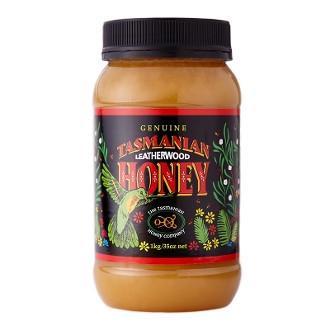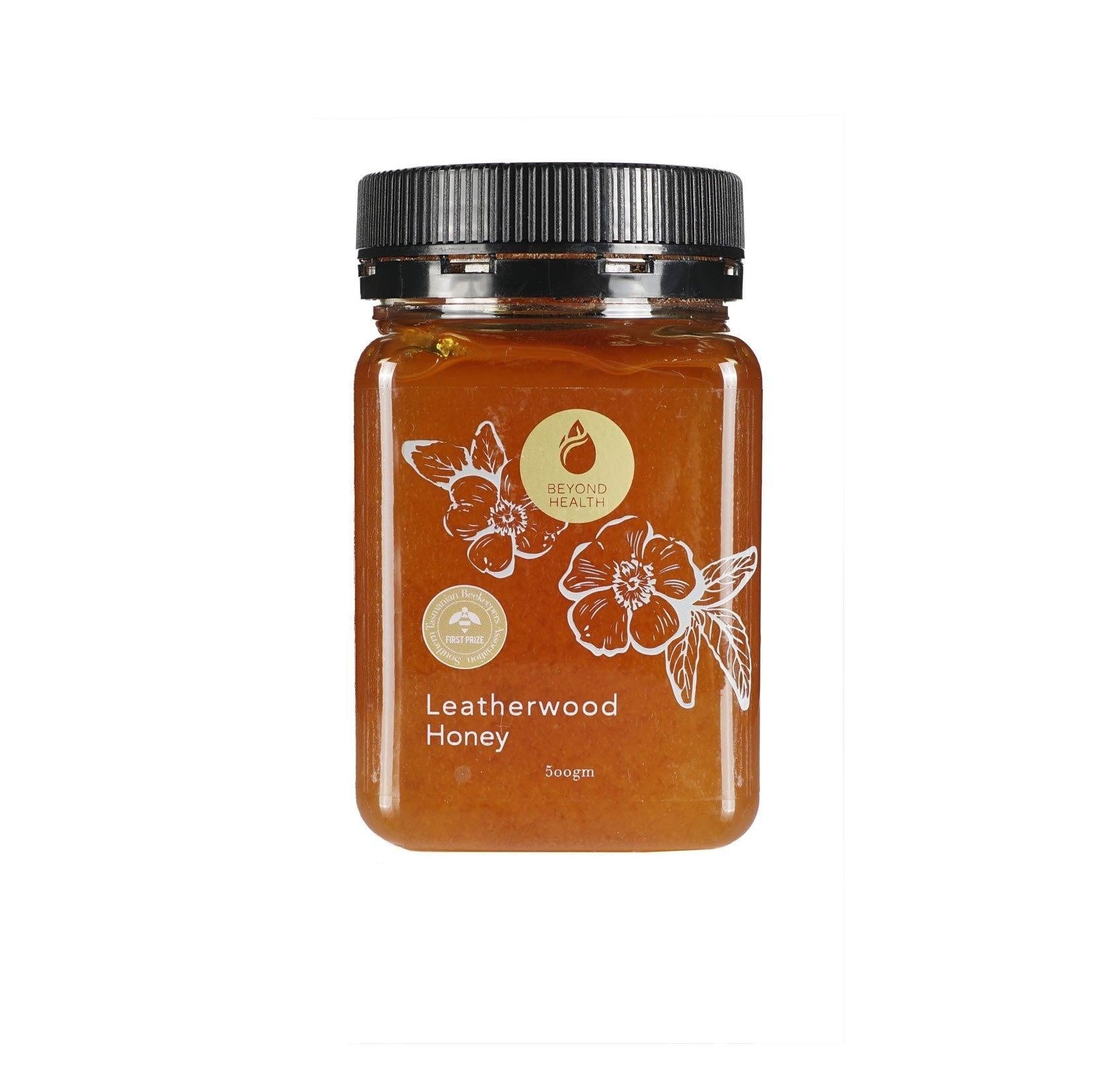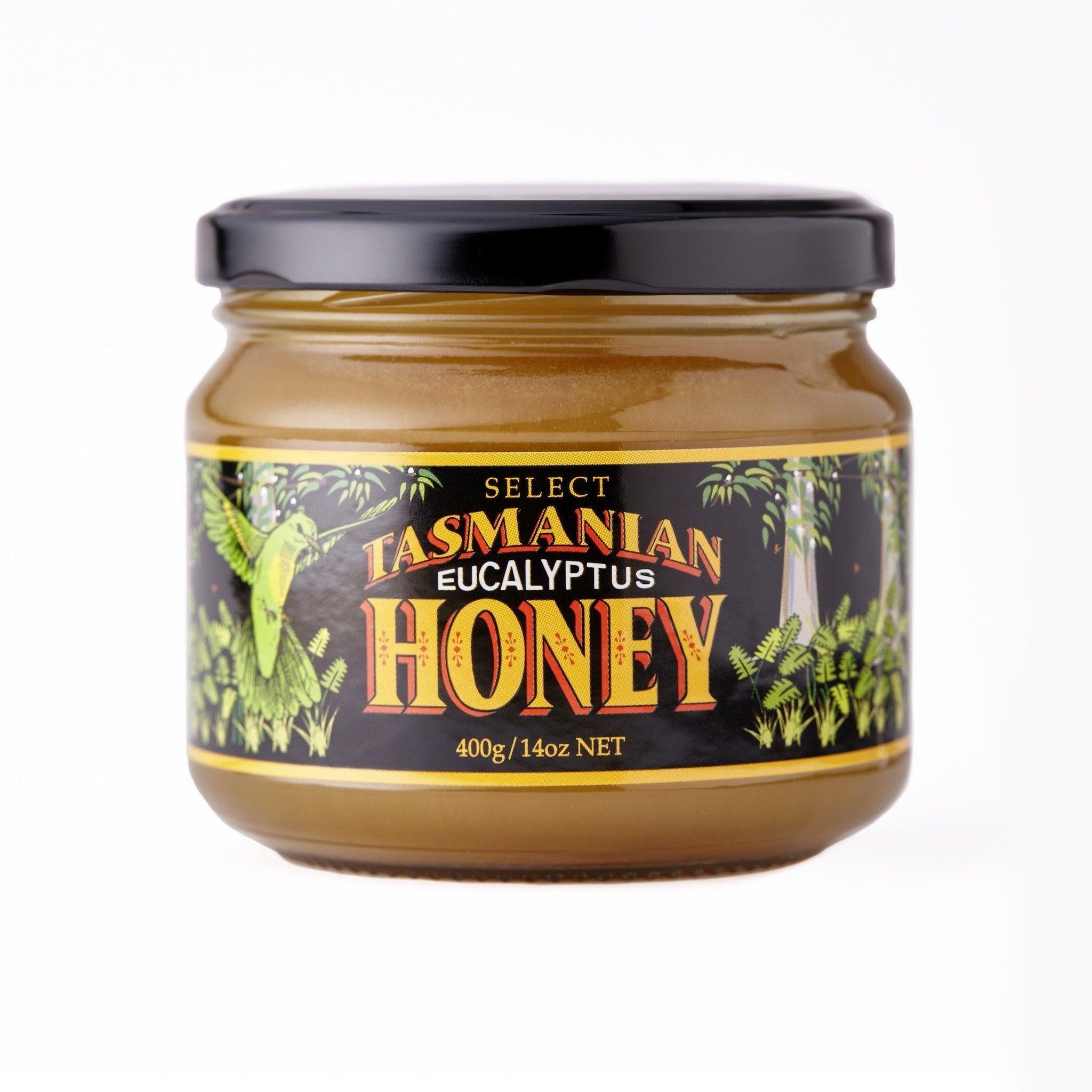Your shopping bag is empty
Leatherwood – Uniquely Tasmanian
- Posted by: Young Earth Sanctuary Resources Pte Ltd Admin
- Comments: 0
- Categories: YES Blog
Leatherwood is unique to Tasmania and its honey has a range of anti-oxidants properties.
What Is So Special About Leatherwood?
People from all over the world visit Tasmania to admire its pristine and natural UNESCO Heritage National Forests. The visitors also would make a point to tour the areas full of Leatherwood Trees.
Ranging from 2–10m in height, it can sometimes grow to 25m in favourable conditions. The small dark green glossy leaves are elliptical in shape and 2–4 cm long. Appearing in spring and summer, the 2.5–4 cm diameter white flowers have four petals and resemble small single roses and have a strong fragrance, especially on warmer days. The flower parts are often covered with a sticky sap.
Leatherwood is easy to propagate by seed or cutting and it makes an attractive, fast-growing garden plant. Also, it thrives in well-drained soil in a position with some shelter and extra moisture. If you do try to grow them in Tasmania, it does require regular pruning to keep a neat shape. Tasmanian beekeepers loves harvesting of leatherwood honey, a noted monofloral honey that has been recognised by the international Slow Food movement in its Ark of Taste. For many years, the Tasmanian Beekeepers' Association has had to lobby the Tasmanian government to ensure continued access to this resource, and to protect it from logging.
Much of the leatherwood is difficult to access, growing deep within the forests of Tasmania's wild west coast.
Tasmanian beekeepers all know the how powerful Leatherwood Honey is in terms of its following properties:
1) Leatherwood Honey is Good for Digestive System
Wild leatherwood honey boasts prebiotic properties that both suppress bad bacteria and assist in the growth of beneficial organisms in the body. This means better digestive health for your body.
What are prebiotics made of? And what are the benefits of prebiotics?
All prebiotics contains dietary fibres as well as natural sugars that the body cannot digest. They serve an important role in stimulating the growth of ‘good’ bacteria (probiotics) in your gut. Prebiotics are food for probiotics (such as Bifidobacteria and Lactobacilli) and they help to increase the number of Probiotics in your gut to support your digestive health. Prebiotics pass undigested right through to the large intestine. As it ferments, it takes on anti-inflammatory and anti-proliferative properties which boost immune system defence by supporting digestive health, brain health and bone density.
Both prebiotics and probiotics promote a healthy colony of bacteria which aids in gut health and enhances digestion. They can thus help in alleviating diarrhoea and irritable bowel syndrome (IBS). Their anti-inflammatory properties might also serve as an effective way to prevent cancer and manage other chronic diseases such as obesity. Prebiotics are thus an important part of your diet if you want to eat healthily.
Natural honey naturally small amounts of the following vitamins and minerals:
2) Using Leatherwood Honey in Treatment of Wounds and Inflammations
For centuries, honey has been an effective remedy for wounds, burns and ulcers. There has also been renewed interest in the medicinal properties of honey.
Tasmanian Beekeepers love to use Leatherwood Honey for the above treatments. It keeps the wound moist while adding a protective barrier and fighting off harmful microorganisms through is anti-microbial properties.
In addition to its antimicrobial properties, honey also appears to stimulate lymphocytic and phagocytic activity. These are key body immune responses in the battle against infection.

Photo by Diana Polekhina on Unsplash
-
Leatherwood Honey has Acidic pH that Promotes Healing
Leatherwood Honey has an acidic pH of between 3.2 and 4.5. When applied to wounds, the acidic pH encourages the blood to release oxygen, which is important to wound healing. An acidic pH also reduces the presence of substances called proteases that impair the wound healing process.
-
Sugar has an Osmotic Effect
The sugar naturally present in honey has the effect of drawing water out of damaged tissues (known as an osmotic effect). This reduces swelling and encourages the flow of lymph to heal the wound. Sugar also draws water out of bacterial cells, which can help keep them from multiplying.
-
Antibacterial Effect
Honey has been shown to have an antibacterial effect on bacteria commonly present in wounds, such as methicillin-resistant Staphylococcus aureus (MRSA) and vancomycin-resistant Enterococci (VRE). Part of this resistance may be through its osmotic effects.
3) High in Antioxidant
Leatherwood honey is a great source of antioxidants. Antioxidants are beneficial in the prevention of health-related issues such as cancer, heart disease, strokes, cataracts, Alzheimer’s disease, arthritis and symptoms of old age.
A new study shows that a daily dose of honey does more than just satisfy your sweet tooth, it also raises levels of disease-fighting antioxidants in the blood.
Researchers say honey contains varying concentrations of polyphenols, which are powerful antioxidants. Scientists think anti-oxidants help reduce the risk of heart disease and cancer. The compounds work by scavenging free radicals -- unstable compounds that can damage healthy cells and compromise their function.

Photo by Louis Hansel on Unsplash
4) Good Source of Energy
Pure Leatherwood Honey has a low glycaemic index rating and may be suitable in the diet of diabetic individuals.
-
Glycemic Effects
-
Fuel for Fitness









LEAVE A REPLY
Your email address will not be published. Required fields are marked *